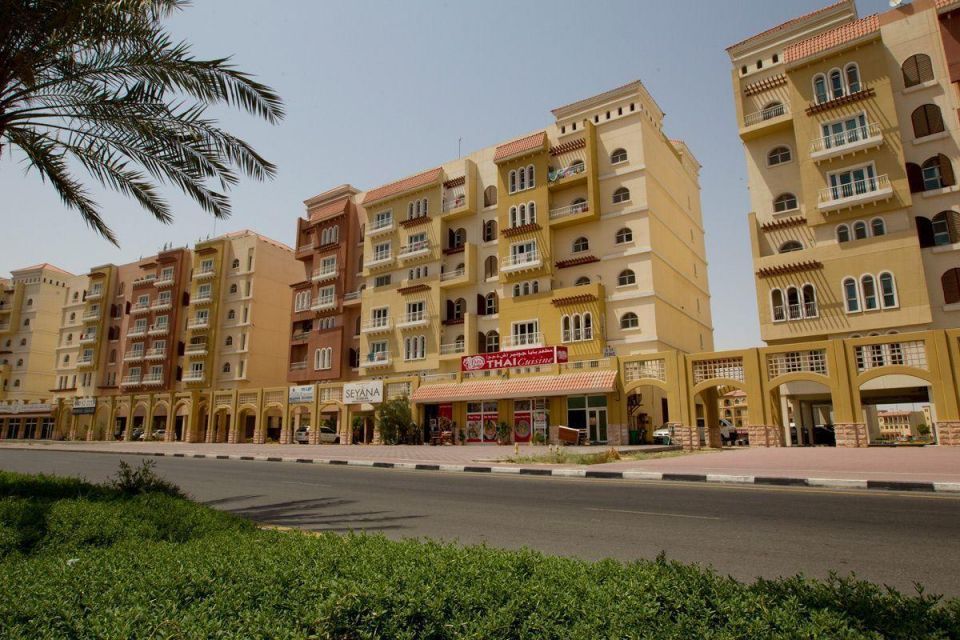Boosting Growth Through Investment Amid Structural Challenges
Latin America and the Caribbean (LAC) are grappling with structurally low economic growth, despite showing signs of improved resilience. While the region has managed to navigate global challenges more smoothly, its growth prospects remain weaker compared to other emerging markets. A major factor behind this sluggish performance is the persistently low levels of domestic investment. However, with targeted policies and reforms, LAC has the potential to attract investment and unlock stronger growth. This report explores the region’s current economic outlook, highlights successful examples of investment-friendly economies, and identifies the obstacles that must be addressed to achieve sustainable growth.
Improved Resilience but Subdued Growth
Economic Slowdown in 2024
The LAC economy is slowing in 2024 due to several factors:
- High Interest Rates: Elevated global interest rates have tightened financial conditions, reducing consumer spending and business investment.
- Political Uncertainty: Ongoing political instability in several countries has dampened investor confidence and economic activity.
Despite these challenges, the region has demonstrated greater resilience, with expectations of a significant recovery in 2025.
Structural Challenges
LAC continues to face structural issues that limit its growth potential:
- Low Investment: The region’s investment levels remain among the lowest globally, hindering productivity and economic expansion.
- Weak Infrastructure: Inadequate infrastructure in many countries limits the ability to attract foreign direct investment (FDI) and support business growth.
- Income Inequality: High levels of inequality restrict access to education and opportunities, further constraining economic development.
Opportunities to Attract Investment
Leading Examples: Chile and Costa Rica
Chile and Costa Rica stand out as success stories, showcasing how strong institutions and investment-friendly policies can drive growth:
- Chile: Known for its stable institutions, skilled workforce, and pro-investment policies, Chile has attracted significant FDI in sectors like mining, renewable energy, and technology.
- Costa Rica: With a focus on innovation and knowledge-sharing, Costa Rica has become a hub for high-tech industries and eco-tourism, supported by a well-educated workforce.
Emerging Economies: Dominican Republic, Jamaica, and Panama
Several other countries are making progress in improving their investment climate:
- Dominican Republic: Investments in infrastructure and tourism are driving economic growth.
- Jamaica: Reforms to improve the business environment and attract FDI are yielding positive results.
- Panama: Strategic investments in logistics and transportation are strengthening its position as a regional trade hub.
Argentina: A Tentative Recovery
Argentina is undergoing a challenging economic adjustment, but there are signs of potential for future growth. Sustained reforms could help the country attract investment and improve its economic outlook.
Obstacles to Growth and Investment
Key Risks to the Outlook
The region’s short-term growth prospects and efforts to improve the investment climate face several risks:
- La Niña Weather Phenomenon: Adverse weather conditions could disrupt agriculture and infrastructure, particularly in vulnerable countries.
- US Elections: The outcome of the US elections could impact trade relations and economic policies affecting LAC.
- Political Uncertainty: Ongoing instability in countries like El Salvador, Nicaragua, and Ecuador creates an unpredictable environment for investors.
Challenges in Policymaking
Policymaking across the region is increasingly difficult due to:
- Minority Governments: Many countries are governed by minority administrations, making it harder to implement reforms.
- Democratic Backsliding: Erosion of democratic norms in some countries undermines governance and investor confidence.
- Drug-Related Violence: The spread of drug-related violence to previously peaceful countries, such as Costa Rica and Ecuador, poses a significant threat to stability and growth.
The Path Forward: Unlocking Growth Potential
1. Strengthening Institutions
Strong, transparent institutions are essential for attracting investment and fostering economic growth. Governments must prioritize governance reforms and anti-corruption measures.
2. Investing in Education and Innovation
A skilled workforce and a focus on innovation are critical for competing in the global economy. Countries should invest in education and research to drive productivity and diversification.
3. Improving Infrastructure
Upgrading infrastructure, particularly in transportation, energy, and digital connectivity, is vital for supporting business growth and attracting FDI.
4. Addressing Inequality
Reducing income inequality through social programs and access to education can create a more inclusive economy and expand the consumer base.
5. Enhancing Political Stability
Governments must work to reduce political uncertainty and violence, creating a more predictable environment for investors.
Conclusion
Latin America and the Caribbean have made progress in improving economic resilience, but structural challenges continue to limit growth. By fostering investment, strengthening institutions, and addressing key obstacles, the region can unlock its potential and achieve sustainable economic expansion. Countries like Chile and Costa Rica provide valuable lessons on how to create an investment-friendly environment, while emerging economies such as the Dominican Republic, Jamaica, and Panama offer hope for broader regional progress.
However, overcoming the region’s challenges will require concerted efforts from governments, businesses, and international partners. With the right policies and reforms, LAC can move up the income ladder and secure a brighter economic future.





